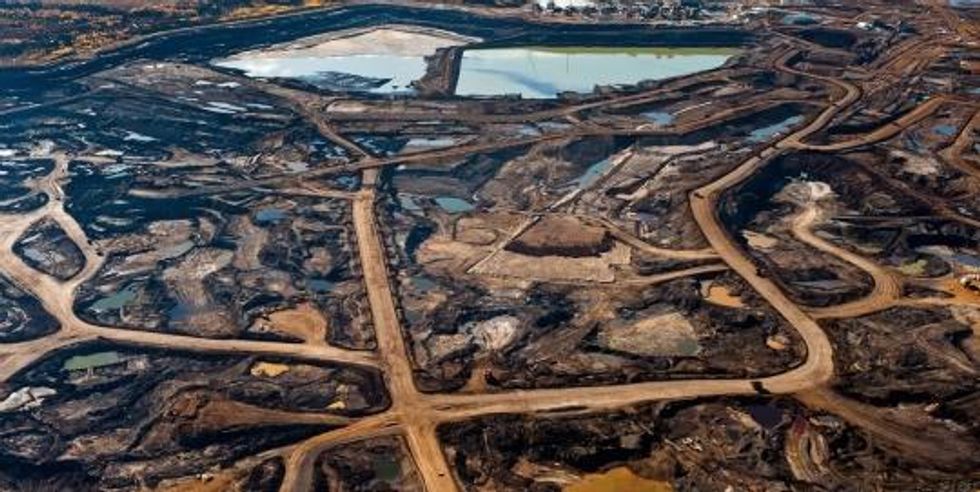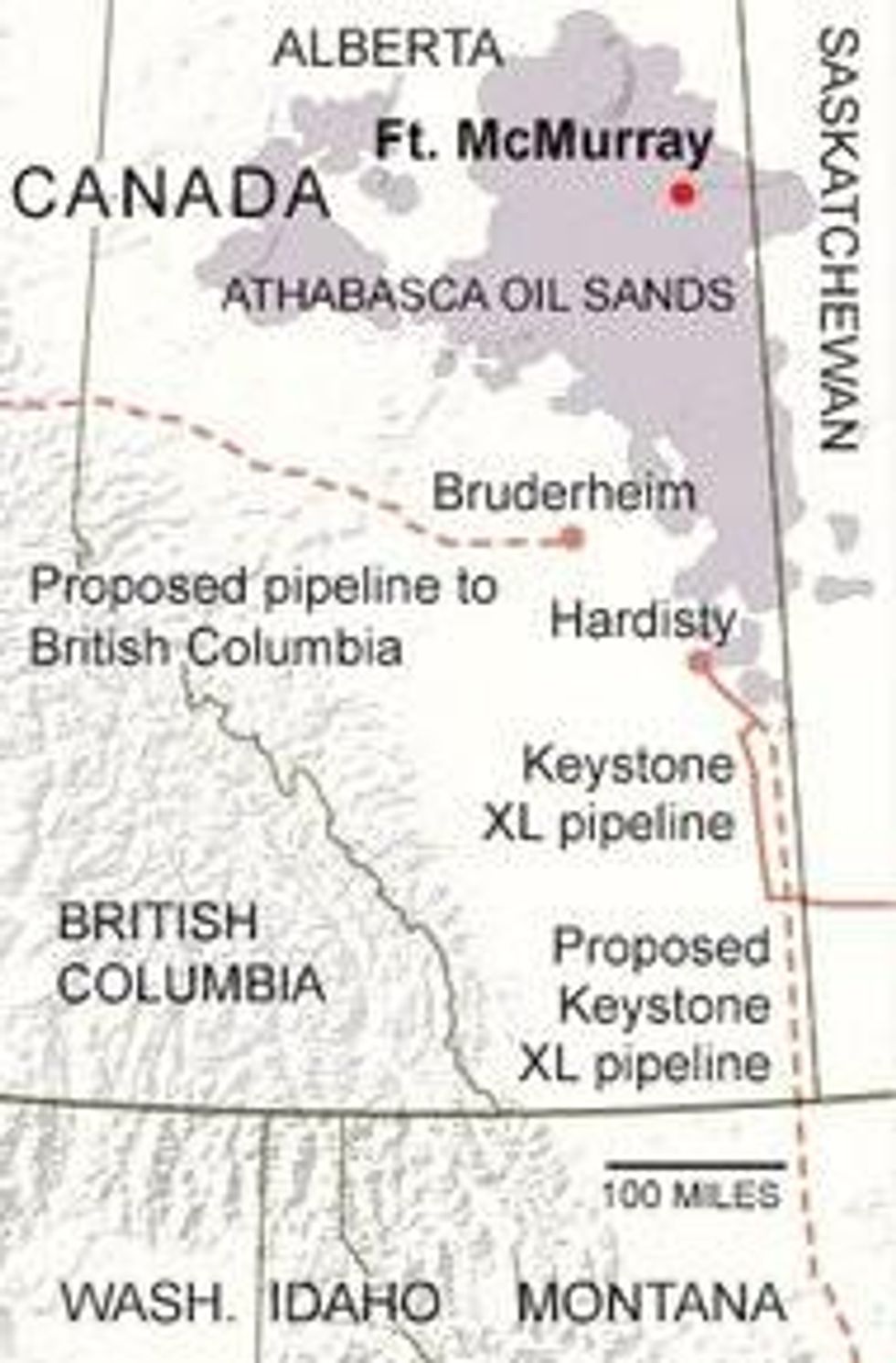As climate justice campaigners in the US ramp up their efforts to block the Keystone XL pipeline and First Nation activists foment a global 'Earth-centered' movement in Canada, scientists say a new study "conclusively" proves that
tar sands oil is both highly carcinogenic and that toxic contamination in
Alberta, Canada covers a much wider area than previously acknowledged.
Researchers involved in the independent but government-funded study say the report eviscerates claims by the industry that heightened levels of toxins found in Alberta could be "naturally occurring."
"If there was still a coffin to be nailed, I think this is kind of putting a lot of nails in the coffin."
"(That debate's) completely over," John P. Smol, a Queen's University professor and the study's lead author, told The Canadian Press. "If there was still a coffin to be nailed, I think this is kind of putting a lot of nails in the coffin."
The research, published Monday in the US journal Proceedings of the National Academy of Sciences, shows that since tar sands production began in earnest in 1978, deposits of PAHs--polycyclic aromatic hydrocarbons, carcinogens that rank among the top 10 hazardous substances on the US Agency for Toxic Substances and Disease Registry-- have increased 2.5 to 23 times--to the point that some lakes are as contaminated as urban lakes.
Some types of PAHs have been linked to infertility, immune disorders and fish mutation, The Globe and Mail reports.
The study confirms what activists blocking the proposed Keystone XL Pipeline have long argued, which is that in addition to be toxic to the atmosphere when they are burned, extreme hydrocarbons like tar sands are extremely toxic to the local environment in and around the areas where they are mined.
"Extraction of the tar sands is the most destructive project on the continent," said Audrey Campbell, an activist with the Tar Sands Blockade who was recently arrested in East Texas protesting ongoing construction of the southern US leg of the Keystone XL pipeline.
"This study once and for all lays to rest the popular propaganda that all the pollutants up there are from natural sources," University of Alberta water scientist David Schindler told the Edmonton Journal. Schindler said the increased pollution "track(s) almost exactly the rate of expansion in the (tar sands) industry."
At one remote lake, scientists found that PAH levels were 23 times higher than pre-development levels of 50 years ago, according to The Globe and Mail.
Not convinced by previous studies, the government demanded long-term data, Smol told The New York Times. So a research team including Environment Canada and Queen's University scientists, analyzed sediment dating back about 50 years from small, shallow lakes north of Fort McMurray, Alberta, the center of the tar sands industry.
Smol told the Times that he was not surprised at the findings, but shocked that the toxins were found so far north--about 50 miles from the tar sands site.
He continued:
We're not saying these are poisonous ponds. But it's going to get worse. It's not too late but the trend is not looking good ... Now we have the smoking gun.
"I think it's pretty convincing evidence," Schindler, who co-authored a 2010 study that revealed contaminants, such as mercury and lead, in the Athabasca River near the oil sands, told The Globe and Mail. "Hopefully, this will kill the all-the-pollutants-are-natural theory once and for all."
Following video, Toxic Alberta, shows the devastating legacacy of tar sands extraction in the region:
_________________________




